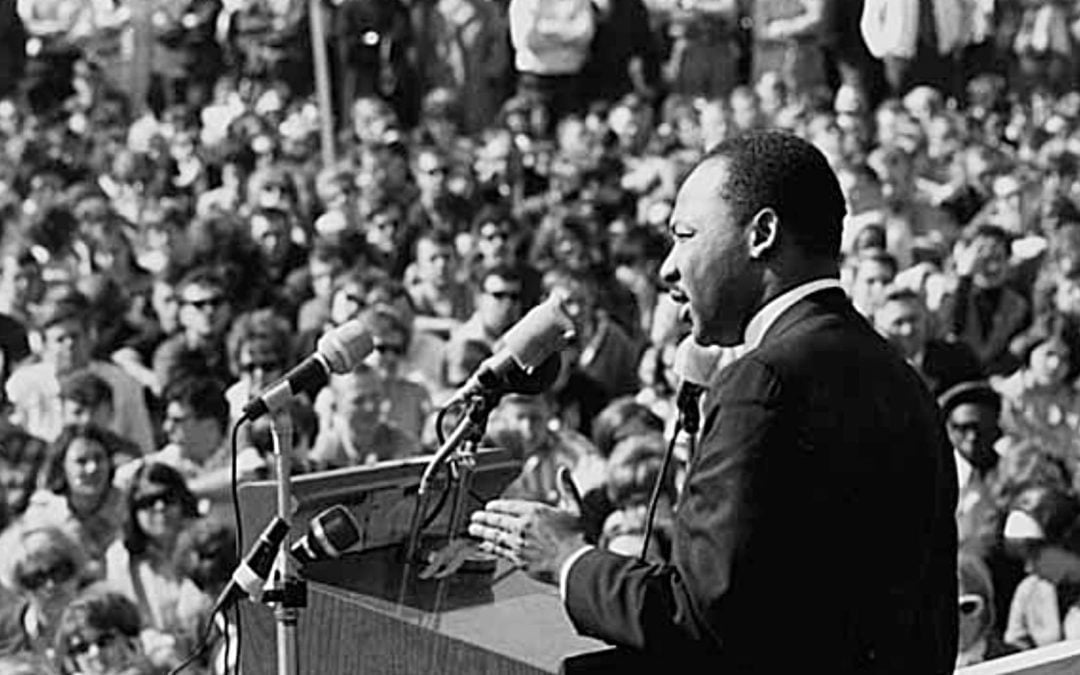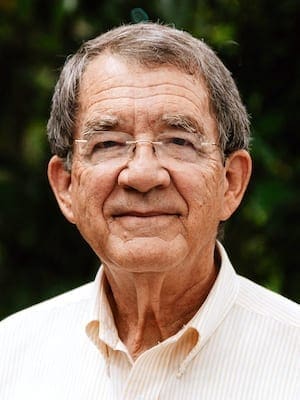Re-reading Martin Luther King Jr.’s last book, published a year before his assassination in April 1968, has become an intriguing déjà vu experience.
The title is a question: “Where Do We Go from Here – Chaos or Community?”
Two earlier books, “Stride toward Freedom” (1958) and “Why We Can’t Wait” (1963), reflected respectively on the Montgomery bus boycott that launched the most visible expression at the time of the civil rights movement and the experiences around Birmingham, where televised police dogs and fire hoses came into the living rooms of America and changed the public mind in a pivotal way.
The reader can see in this trilogy the evolution of the movement as well as the refinement of King’s own perspective as the dynamics of the movement unfolded.
The last book is a sobering but hopeful response, after a decade and a half of demonstrations, confrontations and responsive legislation around the questions, “Where are we?” and “Where are we going?”
The response to the first question includes a careful and realistic sociological analysis of the dynamics of progress and resistance in the effort to dismantle the structures of racial discrimination and to lay a foundation for a more just future.
The response to the second question points to practical avenues in which the momentum of accomplishment can be translated into sustainable energy for continued progress.
He emphasizes the following: the moral power of public pressure to overcome the natural inertia of bureaucratic structures; economic discipline as participants and consumers in the marketplace; and direct engagement in the political process of one’s community.
Congressional acts like the 24th Amendment (ratified by the states in 1964), the Civil Rights Act of 1964 and the Voting Rights Act of 1965 delegitimized a number of the structures of discrimination and injustice, and today few would question the value of such steps.
No longer could voting be legally repressed and public accommodations and services be legally limited on the basis of race.
But by 1967, it was becoming clear that progress toward justice and equality would not coast on its own momentum toward true and lasting change.
Attitudes that had tolerated and defended slavery and Jim Crow changed their racial clothing and put on economic garments, defending a status quo from change that would require adjustments of alignments of privilege and that would be costly in terms of effort and resources.
A ceasefire is a necessary step in overcoming overt hostility, but it is not itself the establishment of peace.
Rather, it creates the possibility for the making of peace by the parties previously involved in the conflict.
In the same way, King had come to realize that outlawing an expression of injustice is a necessary step in the quest, but it is not itself the establishment of justice.
Rather, it clears a part of the moral landscape where the seeds of justice can grow and be cultivated, and that is a different kind of work.
Also, by 1967, King had broadened his commitments to include resistance to the war in Vietnam, a step that earned him much criticism for “stepping outside the bounds” of his crusade for racial justice.
He was in the midst of supporting sanitation workers in Memphis at the time of his death, an additional broadening of his concerns to economic injustice beyond racial lines.
Reading these pages a half-century later through the lens of contemporary efforts to function as a more just society has produced the kind of déjà vu that reading the Old Testament prophets often does.
It has been a vivid reminder of how far we have come, and how far we haven’t.
What King observed in the maturing of the cause to which he had given his adult life was that laws and structures do not make community.
Delegitimizing forms of injustice does not exorcise the demon within that wears racist clothes in one generation and various xenophobic costumes in others.
That demon does its destructive work even when the external polish of polite sophistication provides it with public cover.
His vision of a healthy and sustainable future for the human family is wrapped in the concept of community – a reality that can be built when people meet on the bridge of reconciliation, by those who care more for who and what they can be together than for whatever status they may have claimed while apart.
The early chapters of Genesis portray a God whose creative work is bringing community out of chaos, and the covenant testimony that follows reflects a perennial choice of whether to cooperate with that creative work or not.
In our time, when the dynamics of public life are strained and crippled by the tensions of conflicting visions of who we are as a people, King’s final question (chaos or community?) seems as crucial as it was a half century ago.
Editor’s note: This article is the first in a series of articles for MLK Day 2019.
Professor emeritus of religious studies at Mercer University, a member of Smoke Rise Baptist Church in Stone Mountain, Georgia, and the author of Keys for Everyday Theologians (Nurturing Faith Books, 2022).


